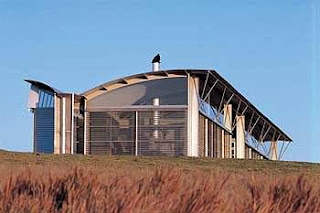Reading about the Assyrians, they had a different style from the Persians (Actually, the Persians pretty much copied everything about the Assyrians. Use of mud and all.) One piece of art that caught my eye was the use of an arch on their doorways. Sure, people will think 'Oh, but arches have always been a part of design.' Yes, I know that. But it was they way they came up with the arch. Apparently, When the Assyrians were building their doorways, they 'accidentally' made the two sides of the door meet at the top, which in turn lessened the consumption of clay and gave it a unique look. This is what caught my eye. They accidentally discovered a technique that lessened consumption. It was amazing that they were able to find a technique accidentally, and what's more amazing is that we still use arches today. Discovery is discovery, whether it is by accident or not.
The West Asiatic age was basically an age of Evolution. From the Assyrians, the Persians were able to take essential techniques and styles and build on it, putting their own 'taste' in the design. Which brings me to a question that I have been pondering about. (Blockmates; feel free to put your opinions and thoughts. That is if any of you read my blog) With architecture today, Are you going to build upon a design or style that currently exists, or make a new wave?







